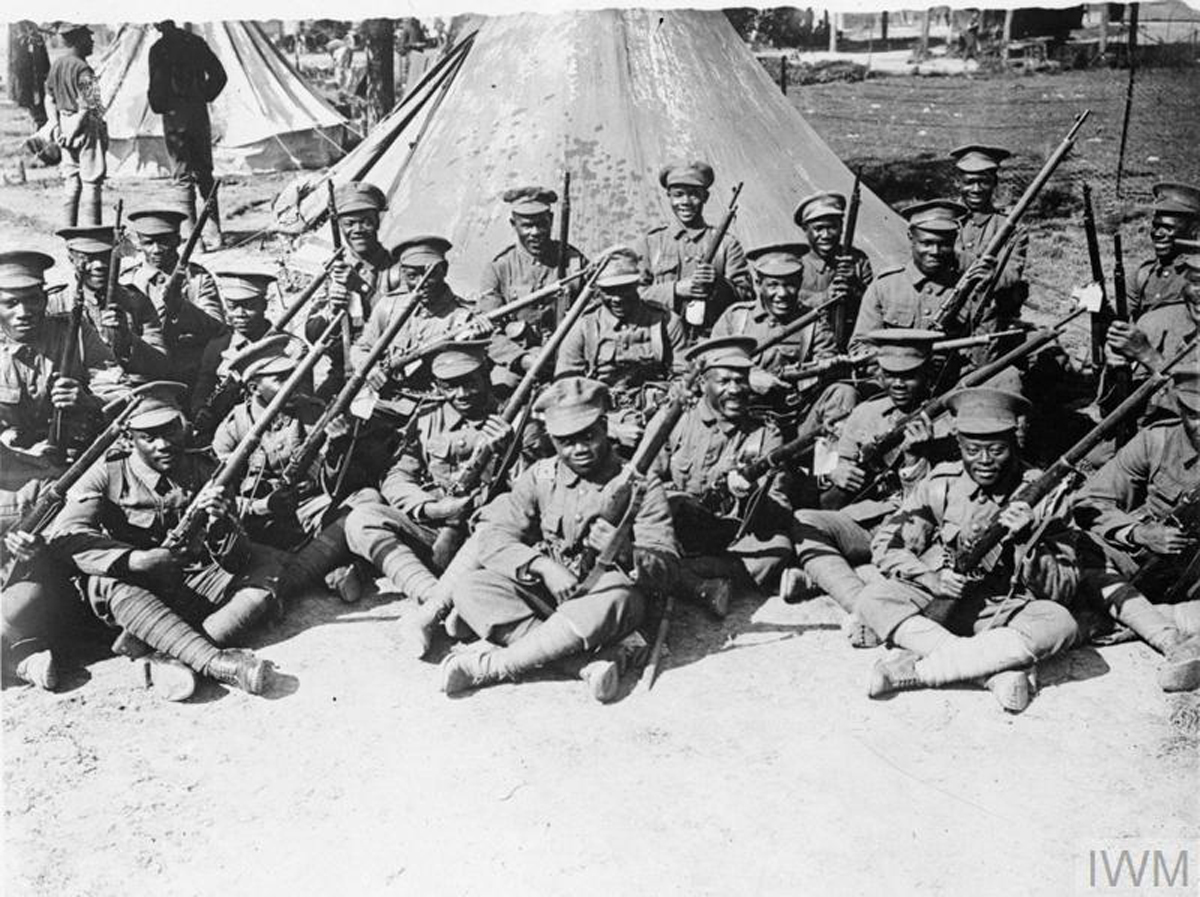In India World War I had marked a crucial turning point. Indians, growing in numbers and educated in the Western tradition, responded to Allied propaganda in favor of the war to save the world for democracy. Monetary inflation and other war dislocations fostered growing agitation for self-government.
Already during the war the British viceroy and his experts were planning reforms. These plans were conditioned by tensions between Hindus and Muslims. About a quarter of the total population of British India was Muslim. In the Indus Basin and part of the Punjab in the northwest and in part of Bengal in the east, the Muslims were a majority; elsewhere they lived scattered among the Hindus and other non-Muslims.
While they might mix socially and in the civil service or the British bureaucracy, Hindu and Muslim felt strong antipathy toward each other, in part on deeply held religious grounds. Muslims opposed idolatry in all forms and felt that Hindu worship of many gods was unacceptable, and that the depiction of those gods in a variety of human, and often explicitly sexual, forms was sacrilegious.
To the Hindu, much in the world was divine; the Hindu might worship the cow or other animals, which the Muslim might slaughter. The Hindu regarded Muslim practices as unclean, while the Muslim saw Hindu practices as unholy. It was not surprising, therefore, that after serious attempts to bring Hindu and Muslim into a unified resistance movement against the British, two separate bodies arose in the twentieth century—the Indian National Congress and All-India Muslim League.
Despite these difficulties, the Indian drive for self-government and independence went on steadily after World War I. For the Hindus, the Congress party was held together effectively and given extraordinary influence over the masses by one of the great leaders of the twentieth century, Mohandas K. Gandhi (1869-1948).
Gandhi was a member of the bania, or shopkeeping caste. Educated at Oxford and therefore familiar with the West, trained in practical politics as a young lawyer serving the Indian minority in South Africa, Gandhi was admirably equipped to deal with both British and Hindus. He devised the technique of insurrection called Satyagraha, or nonviolent noncooperation, which appealed to the fundamental Hindu belief that force is illusory and therefore ineffective.
A characteristic measure sponsored by Gandhi was the organized Indian boycott of British goods. The Mahatma, as Gandhi was known, also defied Hindu prejudice, directing some of his hunger strikes not against the British but against the status of the untouchables as pariahs outside the caste system.
Other Congress leaders, especially at the local level, were willing to imitate Western methods of agitation, propaganda, and some violent “nonviolence.” Concession after concession was wrung from the British, and as the Indians gained political experience in provincial self-government and in civil service, dominion status was thought to be just around the corner.
This was the situation at the outbreak of World War II. By the time the war was over, however, the mutual antagonism of Hindus and Muslims seemed to require not a single unified India, but two separate states.

